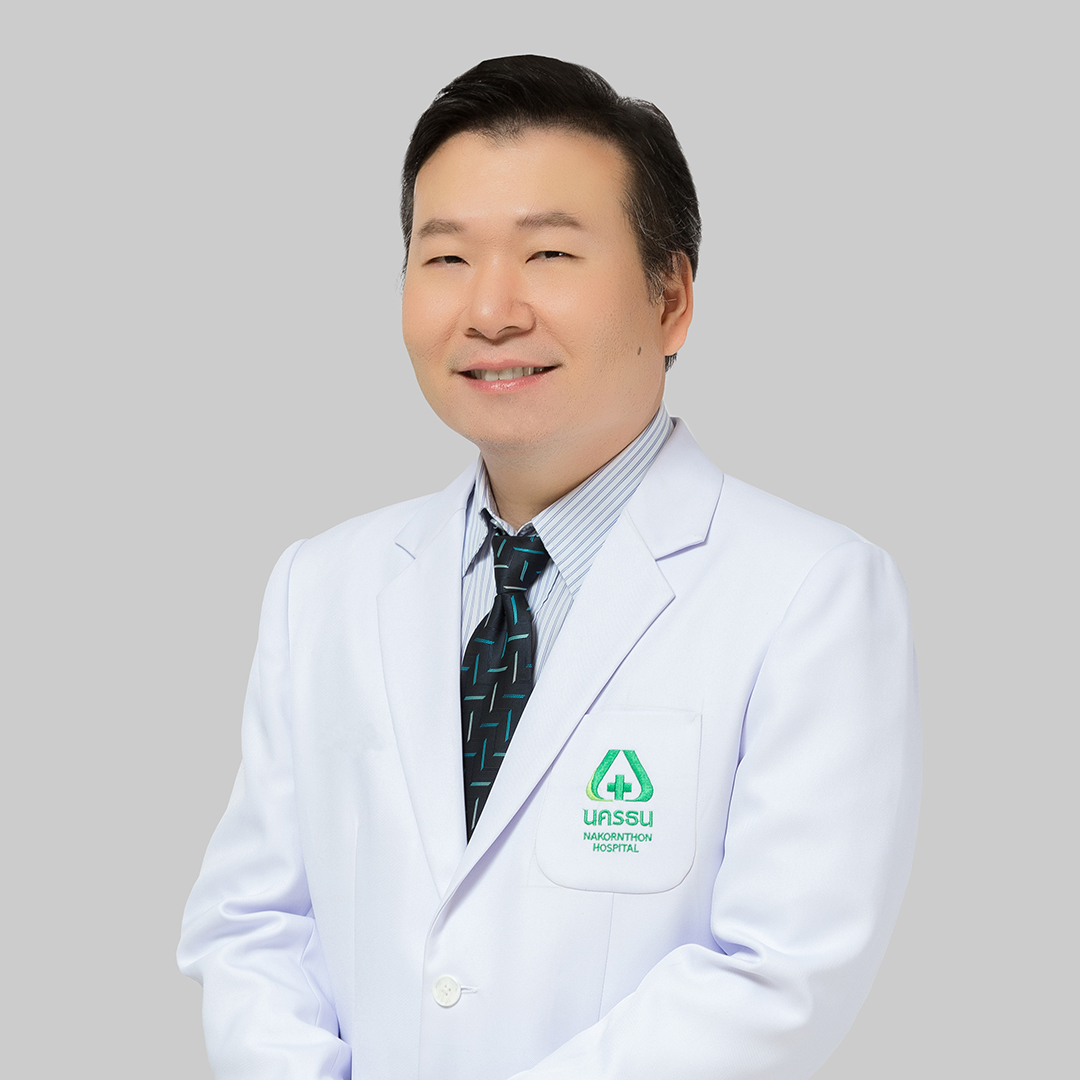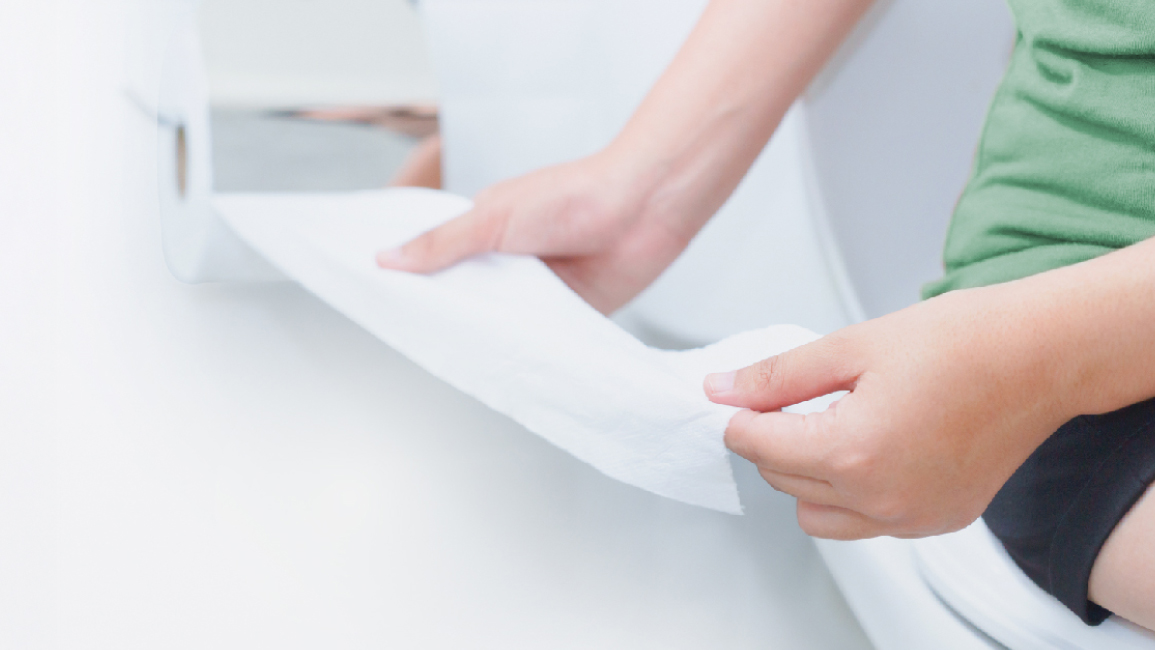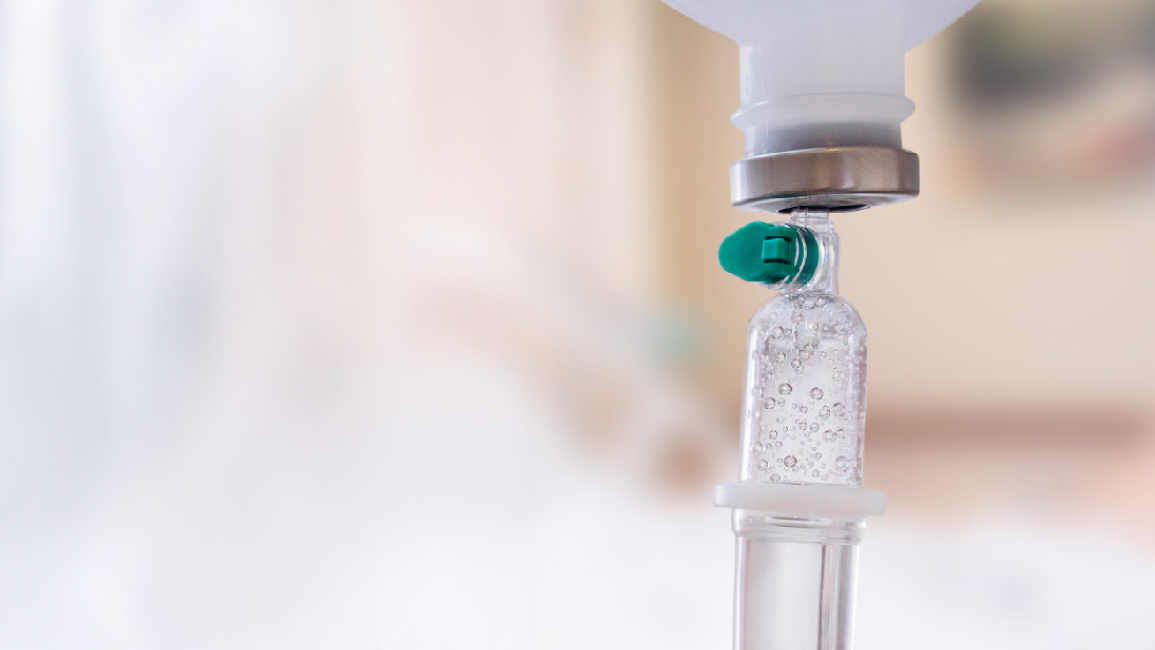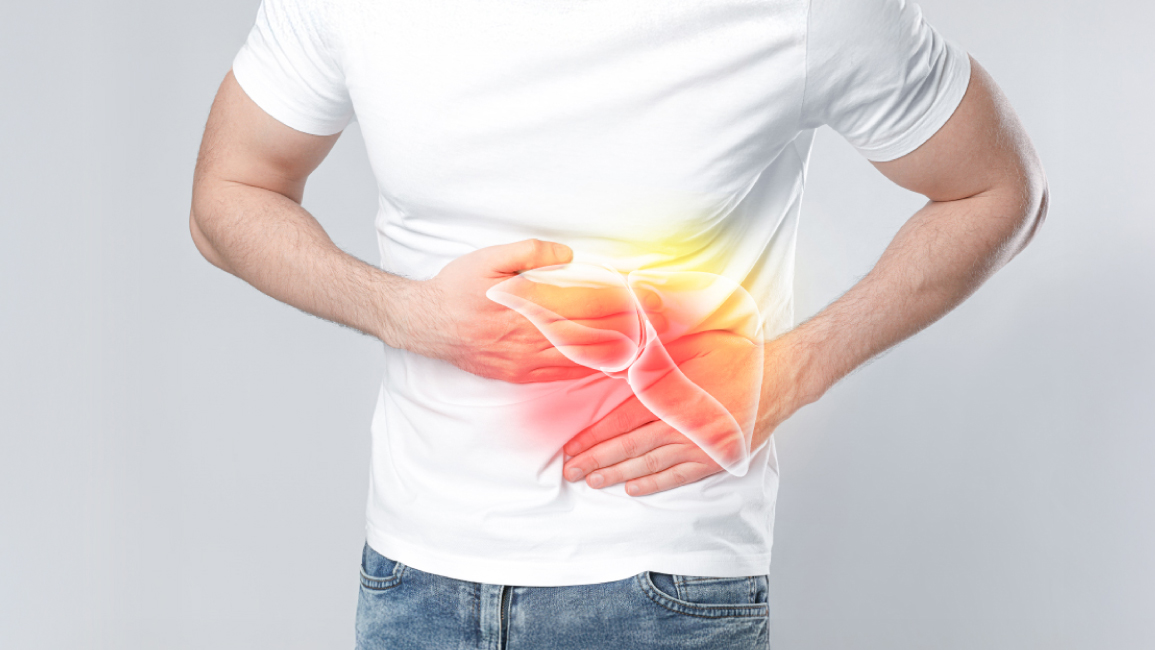Endoscopy Procedure
Center : Gastrointestinal and Liver Center
Article by : Dr. Sombun Rungjiratananon
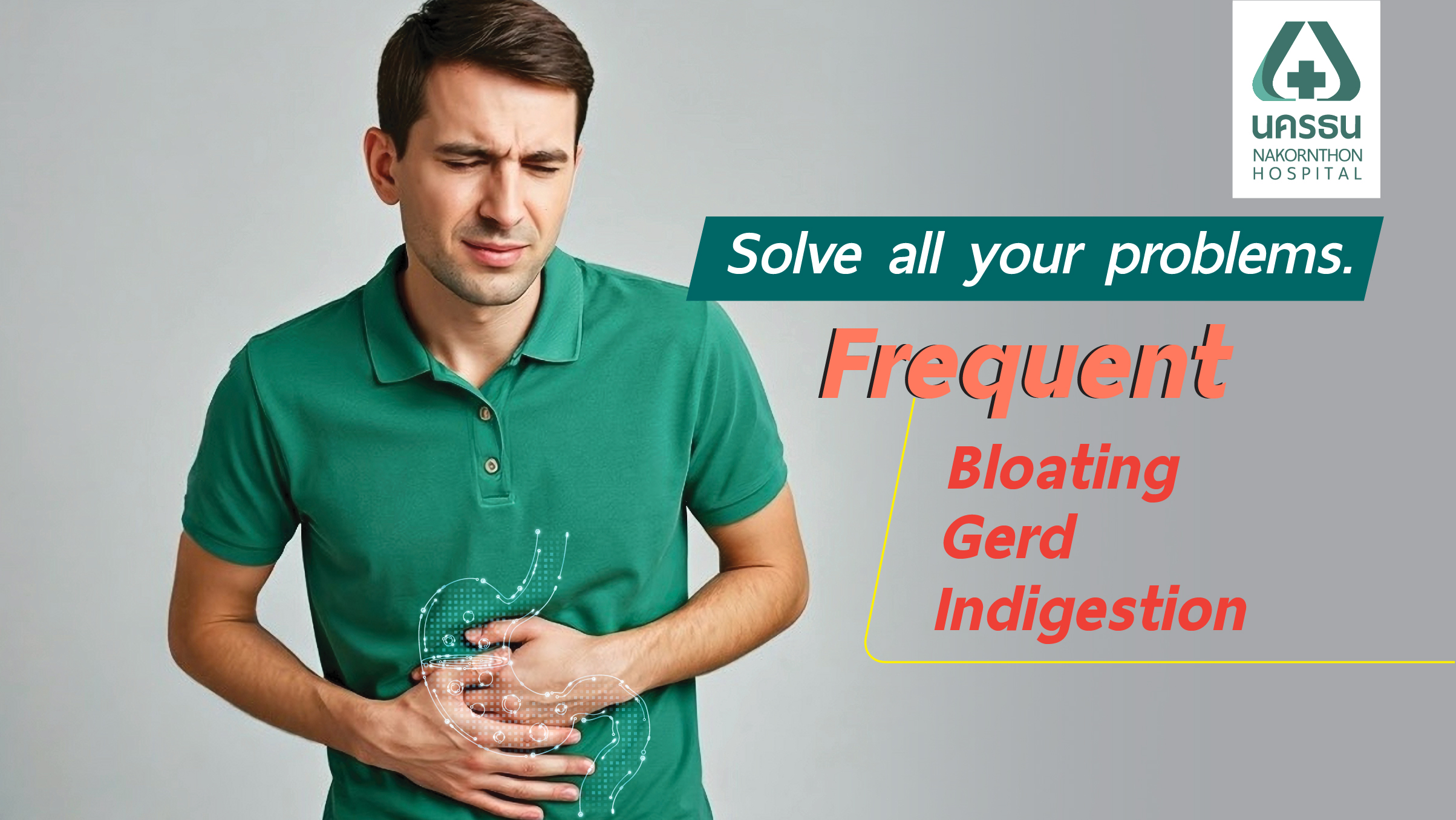
Do you "have these symptoms"?
Alternating diarrhea and constipation
Blood in stool
Chronic abdominal pain
Warning signs of gastrointestinal disorders, whether it's vomiting blood, bloody stools, chronic constipation or diarrhea, epigastric pain, bloating, indigestion, difficulty swallowing, weight loss, yellowing of the skin or eyes, are dangerous health signs that should not be ignored. Immediate diagnostic testing is recommended to ensure proper treatment.
Nowadays, gastrointestinal endoscopy technology can help accurately diagnose conditions in the digestive system. It can diagnose diseases such as peptic ulcers, chronic acid reflux, stomach polyps, stomach cancer, colon cancer, gallstones, and bile duct obstruction. This helps detect the disease, find the cause of these abnormalities, and ensure timely treatment.
Table of Contents
What is Endoscopy
Gastrointestinal endoscopy uses a tube-like camera. Small cameras and bulbs are attached to the distal part. This special technique is used to examine the duodenum and peripheral gastrointestinal tract. The digestive tract consists of the esophagus, stomach, small intestine, large intestine and rectum. It is used for detecting abnormalities such as: look at the wound, gastrointestinal mucosa various lumps, inflammation, acid reflux. In addition, treatment can be carried out during laparoscopy, such as where the bleeding occurs, the doctor can stop the bleeding, and most importantly, the doctor can analyze the disease during laparoscopy. If the doctor finds abnormalities in the gastrointestinal tract, he can immediately take a biopsy and send it for examination.
When Will Endoscopy Procedure Necessary?
Gastrointestinal endoscopy is one of the techniques that is very useful in treatment and diagnosis, which helps detect gastrointestinal diseases, and as a result, timely treatment of the disease. Patients who should undergo endoscopic examinations are patients with chronic abdominal pain. Treatment with medication has no improvement or other symptoms such as weight loss, loss of appetite and chronic vomiting are observed. In addition, diagnostic endoscopy is suitable for people who are at risk of developing gastrointestinal diseases, for example, people who have inconsistent eating habits for a long time, have eaten little, are pale and exhausted, people at risk of gastrointestinal cancer, abnormal excretions and people older than 50 years, etc. Colonoscopy is also one of the most effective screenings for colon cancer. Colon cancer is the most common cancer and the third leading cause of cancer death in Thailand. It is usually diagnosed when symptoms are already advanced.
Types of Endoscopy Procedure
The endoscopic technique is an examination for abnormalities using a long, small and curved probe with a small video camera and light at the end, the video is recorded and displayed on the screen. Examination of the walls of the digestive tract from the esophagus. Depending on the part of the organ, gastrointestinal endoscopy can be divided into 3 types of examinations.
- Laparoscopy to examine the esophagus Gastroscopy (EGD)
- Colonoscopy
- Endoscopic examination of the biliary ducts and pancreas (Endoscopic Retrograde Cholangiopancreatography: ERCP)
Esophagus Gastroscopy: EGD
Laparoscopy to examine the Esophagus Gastroscopy (EGD) enters the mouth, through the esophagus into the stomach and duodenum. Esophagus Gastroscopy (EGD) is performed when the patient suffers from dysphagia, vomiting blood, abdominal pain, tightness and twisting of the abdomen. It is used for diagnosing esophageal disease, stomach and duodenum; such as inflammation, ulcers, tumors or strictures in these organs. If abnormalities are found, doctors may use therapeutic instruments. The doctor uses an instrument to dilate the esophagus, etc.
Colonoscopy
Colonoscopy starts from the anus to examine the distal colon. This test is recommended for people with abnormal bowel symptoms such as constipation, regular diarrhea or alternating constipation, diarrhea, bloody stools, blood transfusions, or abnormal smelling stools; individuals who have bloating or lumps in the stomach weight loss and fatigue. It is also recommended to test individuals over 50 years of age. The rectum should be examined by laparoscopy every 5-10 years. Most findings are intestinal inflammation, hemorrhoids, diverticula, polyps and colon tumors, etc.
Endoscopic Retrograde Cholangiopancreatography: ERCP
ERCP is the use of an endoscopic procedure to the open bile ducts in the small intestine and inject contrast for more visibility on X-ray. This procedure identifies abnormalities in the bile ducts and pancreatic ducts and to treat obstructions of the bile ducts or pancreatic ducts by inserting a bile-drain. Indications for ERCP include jaundice, gallstones, blocked bile ducts. Tumors of the bile ducts or pancreas and for diagnosis prior to surgical treatment.
Preparing for Endoscopy Procedure
- Water and food must be abstained for 6-8 hours. Before you get tested
- If there are removable dentures, it must be removed first.
- If it is a colonoscopy, the intestines or fecal catheters will be prepared before the examination.
- On the day of the examination, relatives should be accompanied, because the doctor may prescribe intravenous anesthesia. There may be drowsiness after the test, it is not recommended to drive yourself after the examination.

Endoscopy Procedure
Gastrointestinal endoscopy procedures are divided according to the type of examination, as follows:
Gastroscopy: EGD
The patient will be given anesthesia, the physician then inserts the device through the mouth, down the esophagus, stomach and duodenum. This enables the doctor to see clear images of the organs on a screen. The average endoscopic examination takes about 10-15 minutes, perhaps longer. If an abnormal lump is found, a biopsy will be taken, and if a sore or spot is found, it may be treated by abduction to stop the bleeding. The doctor will insert a small amount of air into the stomach to make it more visible.
Colonoscopy
The patient is given anesthesia to fall asleep. The physician then let the patient to lie on his or her side during the examination. The doctor slowly inserts the camera into the anus and thoroughly examines the linings inside the bowel. It usually takes no more than 45 minutes, with preparation time added. After the examination you can recover in the room, which may take only 2-3 hours.
Endoscopic Retrograde Cholangiopancreatography: ERCP
The physician will apply a special anesthetic spray to the throat and inserts a short plastic tube into the mouth to prevent the exam camera from biting. The doctor will insert an endoscopic exam camera through the plastic tube into the mouth, through the esophagus. When it reaches the open bile ducts in the small intestine and contrast medium is injected. If abnormalities such as stones are found, the stones are removed or the bile ducts or pancreatic ducts are blocked.
After Endoscopy Procedure
After laparoscopy, patients may be required to stay for at least 24 hours without water or food, to observe any abnormalities. Avoid spicy foods and eat soft foods for a few days. After the examination, you may have a bloated stomach, but will improve gradually. It is preferable to have relatives or friends to assist you. In order to regain your strength, you should rest throughout the day. You should not drive, operate machinery, or drink alcohol for 24 hours after the test.
Possible complications after endoscopy procedure
- Tightness of the stomach, discomfort uncomfortable, and will frequently pass out gas.
- There may be bleeding from the biopsy site, however the wound from the biopsy is small and the blood stops on its own. Except only if the patient takes blood thinner medications, may increase the likelihood of bleeding inside the stomach.
- Pain in the lower abdomen or anus. These symptoms gradually subside and disappear.
- However, if you have any abnormalities such as severe abdominal pain and tightness on the stomach or a high fever, see your doctor immediately without waiting for your appointment.
Endoscopy Procedure FAQ
How long is the endoscopy procedure?
Endoscopy combined with upper and lower gastrointestinal tracts, with preparation time, takes 2 to 3 hours. This will depend on the abnormalities found or treatments needed.
Endoscopy Procedure Conclusion
Currently, gastrointestinal diseases tend to increase. Part of this is attributed to the lifestyle. It is a matter of eating at the wrong time, eating too much or too little food, stress, including uneven exercise. These factors can negatively affect the digestive system and cause gastrointestinal diseases in the future. Therefore, regularly monitor gastrointestinal diseases and intestinal disorders that require attention to abnormal signals of the body.
Why must come to Nakornthon?
Our Gastrointestinal and Liver Center at Nakornthon Hospital is a specialized medical center which delivers the best treatment for intestinal and liver diseases and the best quality services to patients. With therapeutic technology and standardize equipment, our physician and well-trained expertise are here to provide personalized care at all time. Gastrointestinal and Liver Center, Nakornthon Hospital can provide one stop service aside with many facilities such as endoscope service, bowel preparation room, recovery room. With personalized care, we try our best effort to keep our patient safety as priority. The diagnosis and treatment have performed to minimize the risk factors for complication and reduce the length of hospital stays.
Currently, gastrointestinal diseases are on the rise, due to the modern lifestyle habits of people today. These include irregular eating times, eating too much or too little, stress, and inconsistent exercise. All of these factors negatively affect the digestive system and can lead to gastrointestinal diseases in the future. Therefore, paying close attention to abnormal signs in the digestive system and intestines, and regularly monitoring any irregularities in the body, can help reduce the severity of these diseases.
Free Online Consultation
Article of Gastrointestinal and Liver Center

